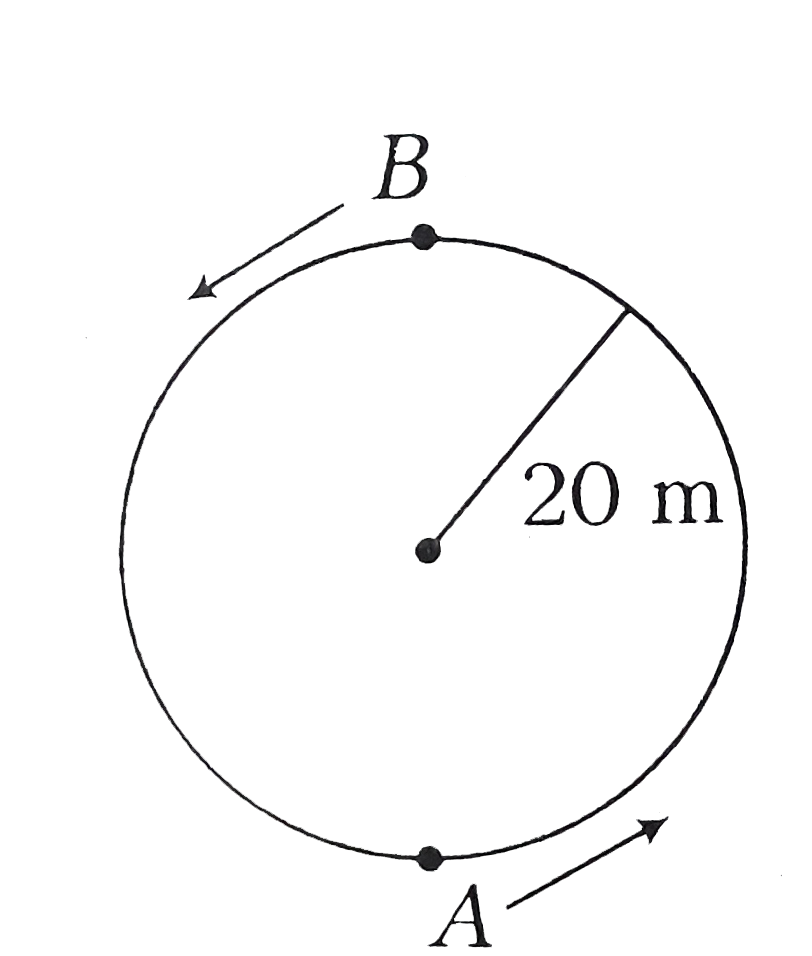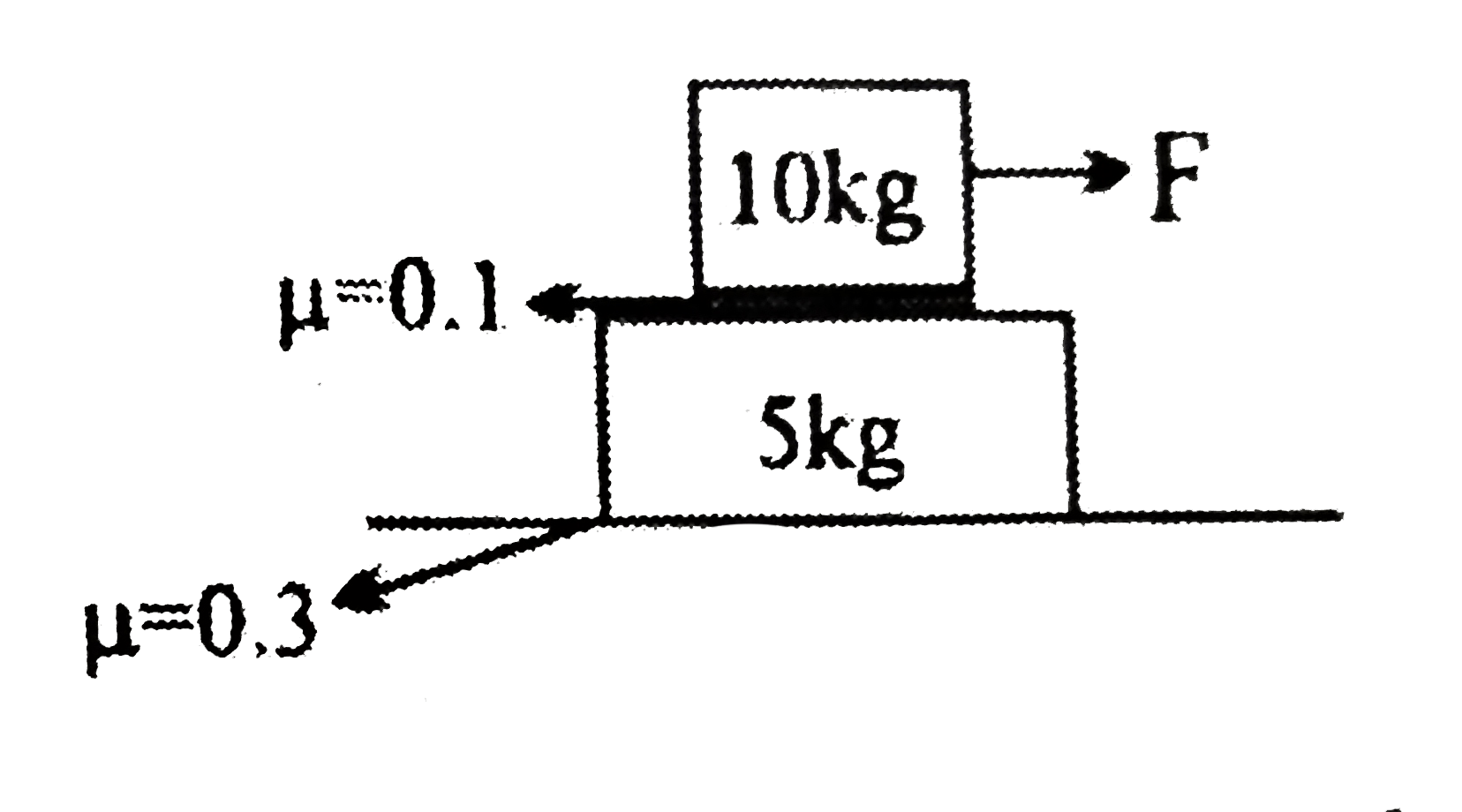A train of weight 107N is running on a travel track with uniform speed of 36kmh−1. The frictional force is 0.5 kg f per quintal. If g=10ms−2, power of engine is
500kW
50kW
5kW
0.5kW
The correct Answer is:A
To find the power of the engine of the train, we will follow these steps:
Step 1: Convert the weight of the train from Newtons to kilogram-force (kgf)
The weight of the train is given as 107N. We know that 1kgf=10N. Therefore, we can convert the weight to kgf:
Weight in kgf=107N10N/kgf=106kgf
Step 2: Calculate the frictional force
The frictional force is given as 0.5kgf per quintal. Since 1quintal=100kg, we can convert the weight of the train to quintals:
Weight in quintals=106kgf100kg/quintal=104quintals
Now, we can calculate the total frictional force:
Frictional force=0.5kgf/quintal×104quintals=0.5×104kgf=5000kgf
Step 3: Convert the frictional force to Newtons
Now, we convert the frictional force from kgf to Newtons:
Frictional force in N=5000kgf×10N/kgf=50000N
Step 4: Convert the speed from km/h to m/s
The speed of the train is given as 36km/h. We can convert this to meters per second (m/s) using the conversion factor:
Speed in m/s=36km/h×518=10m/s
Step 5: Calculate the power of the engine
Power is calculated using the formula:
Power=Force×Velocity
Substituting the values we have:
Power=50000N×10m/s=500000W=500kW
Final Answer
The power of the engine is 500kW.
---
The weight of the train is given as 107N. We know that 1kgf=10N. Therefore, we can convert the weight to kgf:
The frictional force is given as 0.5kgf per quintal. Since 1quintal=100kg, we can convert the weight of the train to quintals:
Now, we convert the frictional force from kgf to Newtons:
The speed of the train is given as 36km/h. We can convert this to meters per second (m/s) using the conversion factor:
Power is calculated using the formula:
The power of the engine is 500kW.
Similar Questions
A boy is running over a circular track with uniform speed of 10ms−1. What is the average velocity for movement of boy from A to B (in ms−1) ?

View SolutionA train of mass 400 tons climbs up an incline of 1/49 at the rate of 36kmh−1 . The force of friction is 4kg' at per ton. Find the power of the engine.
View SolutionAn object is moving on a plane surface with uniform velocity 10ms−1 in presence of a force 10N. The frictional force between the object and the surface is
View SolutionA car weighing 1000kg is going up an incline with a slope of 2 in 25 at a steady speed of 18kmph. If g=10ms−2, the power of its engine is
View Solution
When F = 2N, the frictional force between 10 kg block 5 kg block is
View SolutionA motorcyclist is moving in a circular path of radius 10m and with uniform speed 36kmh−1. The angle with vertical at which motorcyclist will bend is
View SolutionA man of mass 60 kg sitting on ice pushes a block of mass of 12kg on ice horizontally with a speed of 5 ms−1. The coefficient of friction between the man and ice and between block and ice is 0.2. If g =10 ms−2, the distances between man and the block, when they come to rest is
View SolutionThe two rails of a railway track, insulataed form each other and from the ground, are connected to a millivoltmeter. What will be the reading of the millivoltmeter when a train travels on the track at a speed of 180km h^(-1)? The vertical component of earth's magnetic field is 0.2 X 10^(-4) and the rails are separted by 1m.
View SolutionA boy of weight 25kg slides down a rope hanging from the branch of a tree. If the force of friction against him is 50N, the boy's acceleration is (g=10ms−2)
View SolutionA 10√3 kg box has to move up an inclined slope of 60∘ to the horizontal at a uniform velocity of 5 ms−1 If the frictional force retarding the motion is 150N, the minimum force applied parallel to inclined plane to move up is (g=10 ms−2)
View Solution